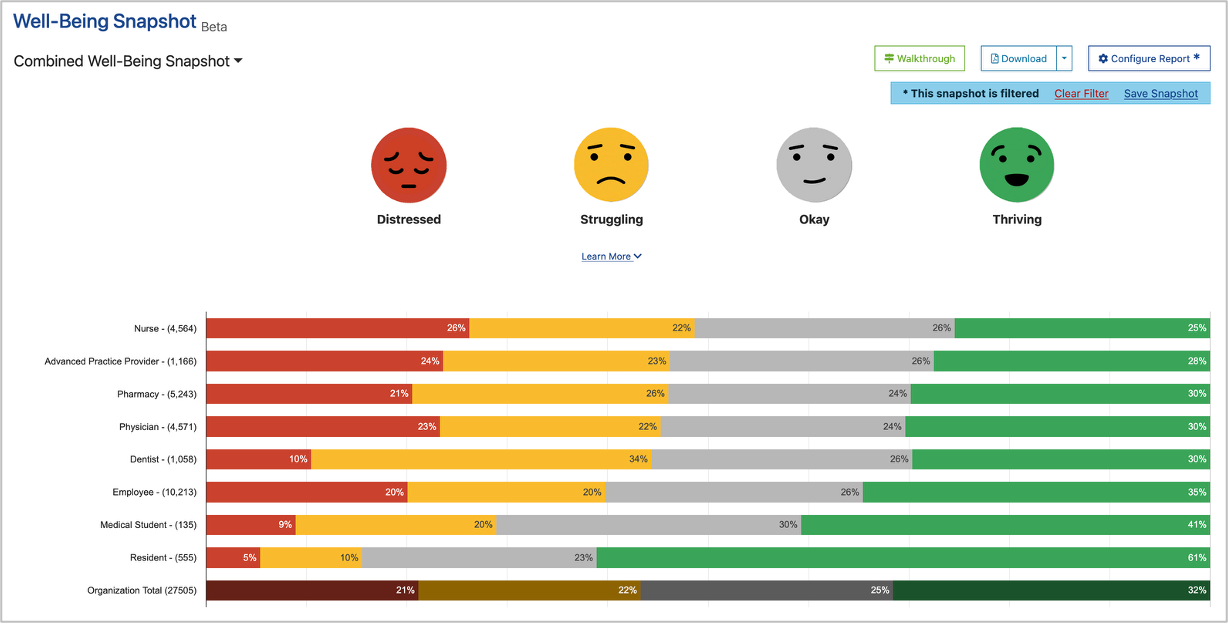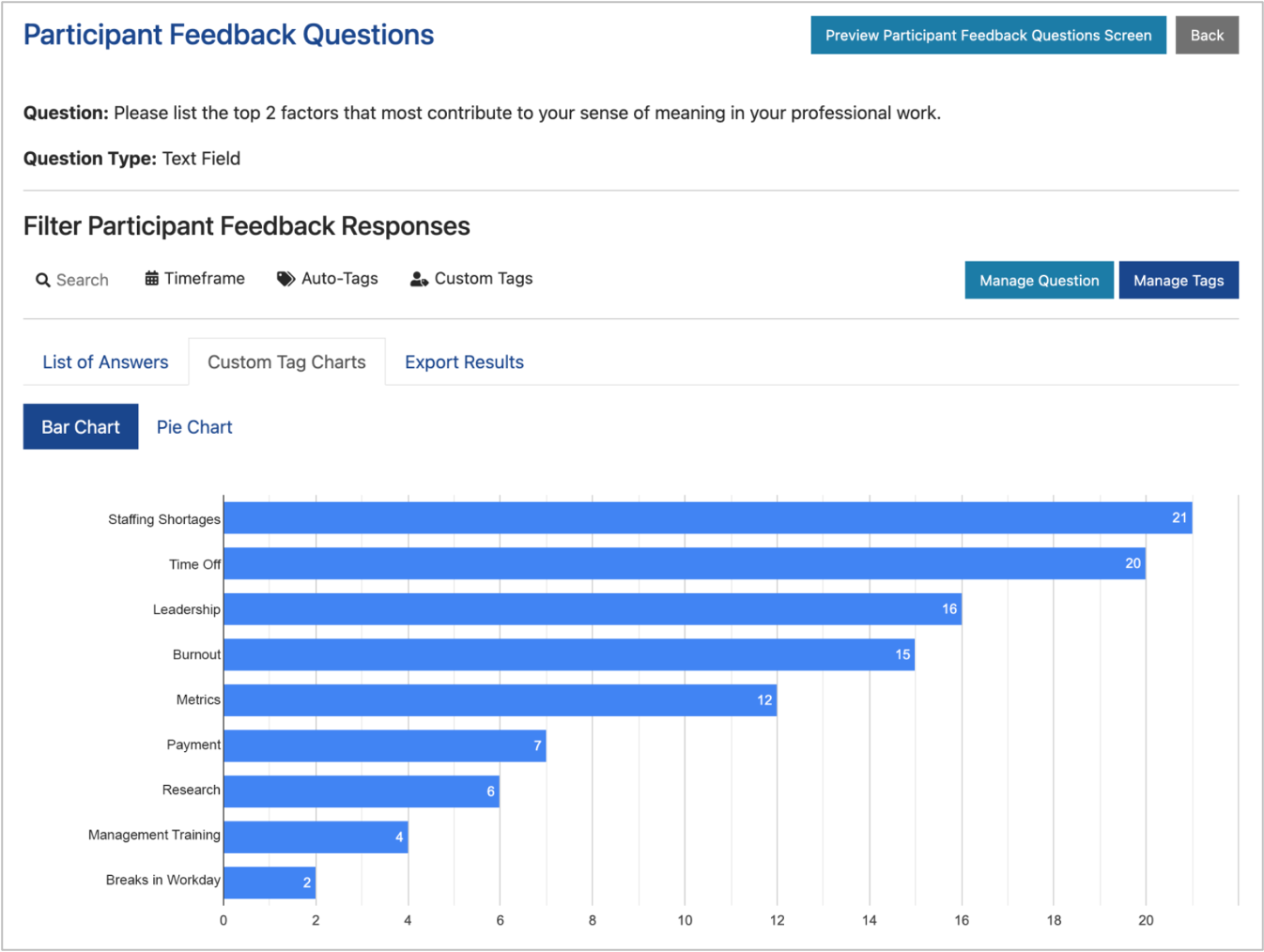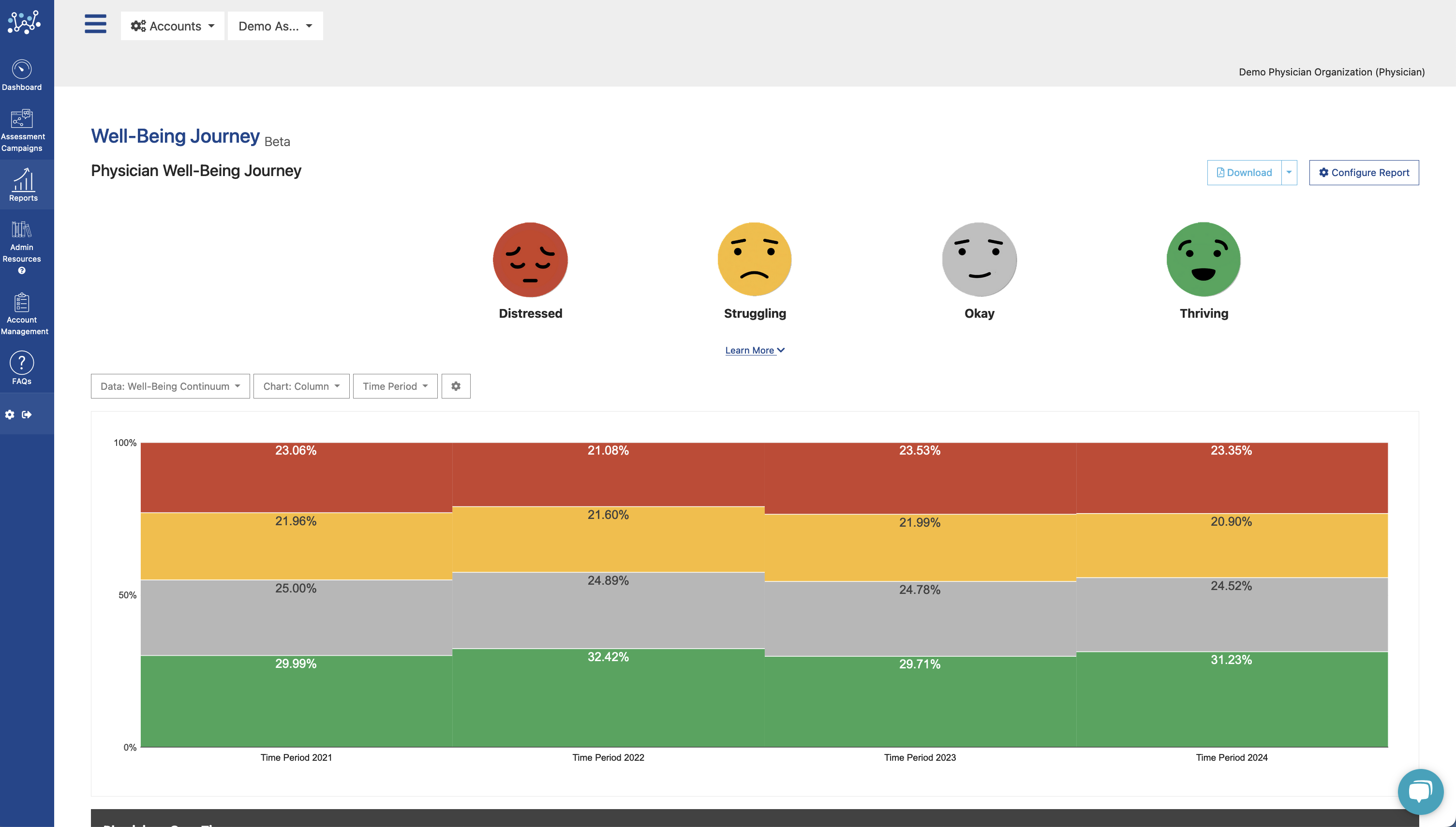Securing adequate funding for organizational initiatives can be a challenge for healthcare institutions of all sizes. While some hospitals, health systems, academic medical centers, and associations have allocated budgets for wellness programming, many do not. Leaders in those organizations without existing resources must do a little extra work to secure funds for supporting clinician and staff well-being.
Financial factors play a large role in what strategic interventions you’re able to implement. We asked industry leaders how they funded their programs, and they had some great advice to share. Here are a few techniques for procuring funds that others in the industry have found successful.
Get Creative to Find Resources
“You have to think a little outside the box,” says Lisa MacLean, MD, Director of Physician Wellness at Henry Ford Health System. “It’s not like most institutions can give a ton of money, so it’s important to be able to get creative and tap resources in a variety of different places. For instance, we were able to get the Henry Ford Star Award initiative funded through our alumni association.”
Coming up with new and unique revenue sources that haven’t yet been discovered is one of the best ways to support your wellness programming. It may take dedication and a few brainstorming sessions, but the extra work could prove to be worth it in the long run.
Start Small
Along with thinking outside the box, it’s smart to make sure the initiatives you want to implement are realistic and achievable. Many times, relatively simple and inexpensive strategies can go a long way and make a real difference without requiring a lot of funding.
“You can start small and do it without a lot of budget by just getting some people together to start talking about wellness,” says Wendy Laine, MD, Director of Wellness at the Emergency Physician Professional Association.
“Reformatting meetings to celebrate what you do and share stories of connections people have made with patients can be powerful,” she says, adding that initiatives like these can be done in just minutes without any added budget. “Anything you can do to reconnect people with that purpose is an easy place to start.”
Search for Sponsorships
Another strategy that wellness leaders have found success in is gaining resources through sponsorships.
“Seek out partners who may be aligned with your vision. We rely heavily on sponsorship to do many things within our organization,” says Executive Director of the Canadian Association of General Surgeons Dawn Wilson.
“If you find others who want more than just a logo at a conference but who may want to work on a longitudinal basis to achieve a common goal, then it’s likely that you could find a partner to help support your program.”
Incorporate Initiatives Into CME
Incorporating well-being initiatives into an organization’s continued medical education (CME) curriculum is another potential avenue for securing funds.
Lori Ortman, Chief CRNA at Envision Physician Services, was able to get the necessary support to offer their clinicians the mindfulness and meditation app ‘HeadSpace.’
“I thought if the app was utilized for continuing education credits, then I might be able to get some help getting it paid for. I wrote to our re-credentialing board and said I thought it would be a great patient safety initiative, and I got approval.”
Find Like-Minded People to Help
Another piece of advice that we commonly hear from wellness leaders is to search out and surround yourself with other motivated individuals.
“Look for like-minded people who have a passion for well-being and get them around the campfire. Don’t become an isolated advocate,” Says Keith Frey, MD, MBA, Chief Medical Officer at CommonSpirit Health, Arizona Division.
There are people at every healthcare institution who are committed to the well-being of those in the organization and who want to be involved. Find these people and see what you can do when you put your minds together.
Go Beyond Burnout
Anything you can do to Go Beyond Burnout and support your providers can make a difference. Recognizing the importance of reducing distress and prioritizing the mental health of clinicians is the first step. It takes leaders like you and those mentioned above to improve conditions and change the culture of medicine.
The Well-Being Index is proud to partner with healthcare organizations around the world to offer the tools and data needed to make real change. For small groups, associations, or institutions without a lot of funding, we have a variety of unique pricing plans available to help reach your wellness goals. Visit our Small Group Pricing page, Medical Association Plan page, or Pilot Program page to learn more. Contact us if you’re interested in using the Well-Being Index to improve the well-being of your organization.







